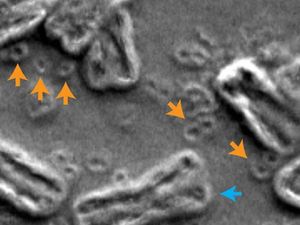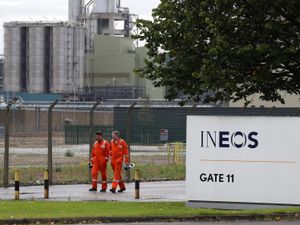‘Doughnut-shaped’ rings of cancer DNA make tumours more aggressive – study
The shape also helps them evolve to be more resistant to forms of cancer treatment, US researchers say.

“Doughnut-shaped” rings of cancer DNA make tumours more aggressive and resistant to treatment, scientists believe.
Circles of extrachromosomal DNA (ecDNA) are found abundantly in human tumour cells, according to researchers from the United States.
The shape is different to normal human DNA, which forms twisting double helixes of genetic material, similar in appearance to ladders.
These are packed into cell nuclei by being tightly wrapped around clusters of protein complexes.
To read the genetic instructions, cells rely on enzymes to cut and move sections, making only part of the DNA accessible at any one time.
The researchers likened the process to “reading a partially opened scroll”.
But cancer cells share some similarities with bacteria, which contain circular DNA that is generally more accessible.
This “highly accessible” shape provides more access points where genetic information can be quickly transcribed and expressed, allowing cells to generate large amounts of growth-promoting genes, the scientists said.
It also allows them to evolve more quickly and respond more forcefully to their changing environment and threats, such as chemotherapy and radiation, they added.
The research comes from the University of California San Diego, the UC San Diego branch of the Ludwig Institute for Cancer Research, Stanford University and the Howard Hughes Medical Institute.
Paul S Mischel, professor at the UC San Diego School of Medicine Department of Pathology and co-senior author, said the discovery marks a “paradigm-shift”.
He said: “This unique shape in human cancer cells is quite unlike normal human DNA.
“It really shines a new light on to the 3D organisation of the screwed-up cancer genome and epigenome, which now provides a mechanistic basis for understanding why certain tumour cells are so aggressive.”
The authors say ecDNA was previously thought to be rare but is now believed to be detected in nearly half of human cancers.
When the cells propagate they parcel out ecDNA in a seemingly random way, which allows for more rapid evolution and genetic change than if they simply divided into genetically identical cells, the scientists said.
The findings are published in the journal Nature.





